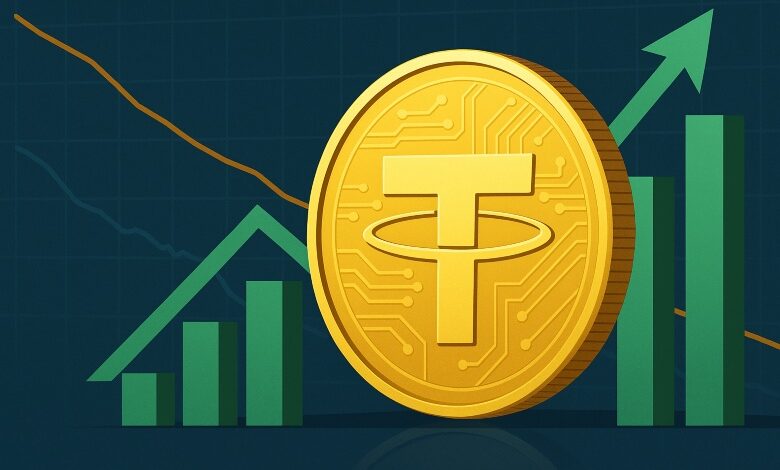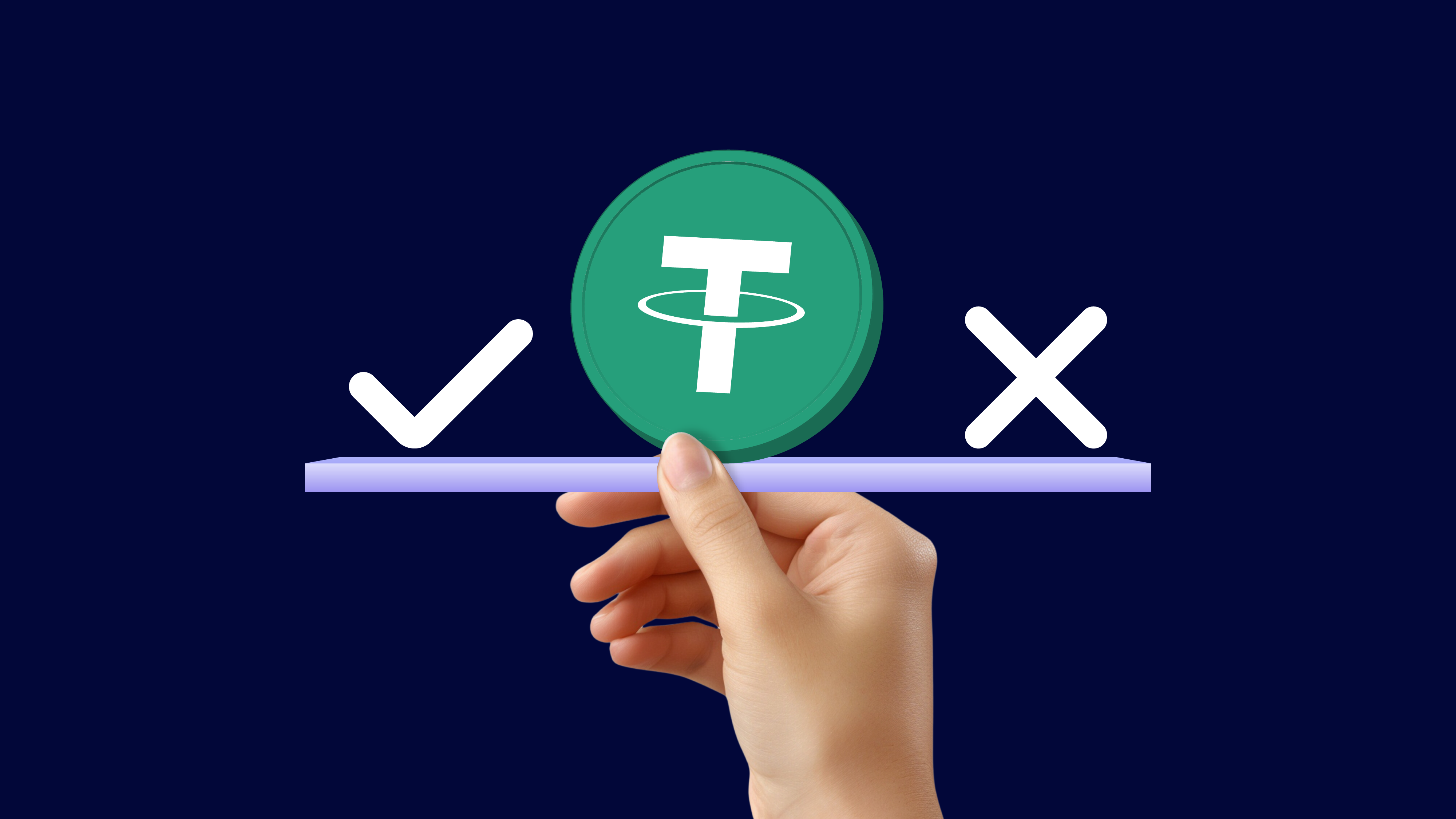In the digital age, stablecoins are transforming from a behind-the-scenes tool for cryptocurrency trading into a potential game-changer for the global financial landscape. The report “Stablecoins: The First Killer App,” published by Standard Chartered Bank and Zodia Markets, reveals how this digital asset is breaking the limitations of traditional finance to become a new engine for cross-border payments, savings, and financial inclusion. With the market scale continuously growing, the future of stablecoins seems full of limitless possibilities, but its growth path still faces regulatory and technical challenges.
What are Stablecoins? A New Definition of Digital Assets
Stablecoins are digital assets designed to maintain stable value, typically pegged to national currencies like the US dollar. The report notes that stablecoins were initially used for trading and lending on digital asset exchange platforms (CEX), but their role has now greatly expanded. From USD savings to cross-border transfers, stablecoins are gradually penetrating traditional finance (TradFi) applications. As of October 2024, the total market cap reached $163 billion (and $230.5 billion as of February 2025), with Tether (USDT) making up 73% and USD Coin (USDC) comprising 21%, making stablecoins a force to be reckoned with in the digital economy.
Current State of the Stablecoin Market: Ethereum vs. Tron
The technological foundation of stablecoins relies primarily on blockchain technology, with Ethereum (ETH) being the initial preferred platform. However, the report indicates that due to high transaction fees on Ethereum, Tron (TRX) has been gaining ground, particularly as USDT supply on Tron has surpassed that on Ethereum, accounting for 50% of the total supply. This shift reflects the stablecoin market’s pursuit of cost-effectiveness, which sets the stage for broader adoption.
Emerging Uses of Stablecoins: From Trading Tools to Financial Bridges
The application of stablecoins is rapidly evolving. According to the “Stablecoins: The Emerging Market Story” report (September 2024), in emerging markets such as Brazil, Turkey, and Nigeria, 69% of respondents use stablecoins as currency substitutes, and 39% use them for payments of goods and services, as well as cross-border transfers. The report emphasizes that stablecoins are becoming a financial solution for the unbanked, with approximately 1.4 billion people globally without bank accounts who could potentially benefit from them, offering a potential transaction volume of $20 trillion.
The Cross-Border Payment Revolution: Stablecoins Challenge Traditional Systems
In 2020, the G20 set a goal to improve cross-border payments, aiming for faster, cheaper transactions. However, progress with traditional banking systems and SWIFT has been slow, with costs and speeds still not meeting the targets. Stablecoins offer cross-border transfer of USD assets at internet speed, especially filling the gap in emerging markets where bank networks are declining. The report highlights that the flexibility and transparency of stablecoins are driving them to become a new choice for cross-border payments.
Non-USD Stablecoins: A Potential New Star in the Forex Market
Although 99.3% of stablecoins are currently pegged to the US dollar, non-USD stablecoins (such as the Turkish Lira stablecoin) are quietly emerging. These stablecoins are used not only for deposits in overseas crypto exchanges but also for remittances and value transfers. The report suggests that if non-USD stablecoins continue to develop, they could become alternatives in foreign exchange trading, breaking the US dollar’s absolute dominance in the stablecoin market.
Future Outlook: Regulatory Clarity and Tenfold Growth Opportunity
Currently, stablecoins only account for 1% of the US M2 money supply and foreign exchange transactions, but the report predicts that if the US adopts a clear regulatory framework (potentially driven by the Trump administration), the market size could grow tenfold. Cross-border payments and non-USD stablecoins are seen as key growth areas. However, achieving this goal will require overcoming legislative and technical obstacles, and the legalization process for stablecoins will be crucial.
Practical Applications: T+1 Settlements and On-Chain Forex Breakthroughs
The practical applications of stablecoins are already showing results. The US implemented the T+1 stock settlement policy in May 2024, shortening transaction windows. Stablecoins help Asian investors overcome foreign exchange settlement restrictions, enabling 24/7 trading. Additionally, the USDC/AUDD on-chain forex transaction displayed by Zodia Markets and Cumberland achieved same-day (T+0) settlement, breaking through traditional forex time limitations, demonstrating the technical advantages of stablecoins.
Risks and Challenges: The Double-Edged Sword of New Technology
Stablecoins are not without risks. The report cites S&P analysis, pointing out that they involve credit, market, custodial, and operational risks, similar to deposits and money market funds. A lack of a mature regulatory framework could also impact market confidence. Institutions like Standard Chartered are collaborating with stablecoin issuers (e.g., Circle) to help market participants understand and manage these risks.






